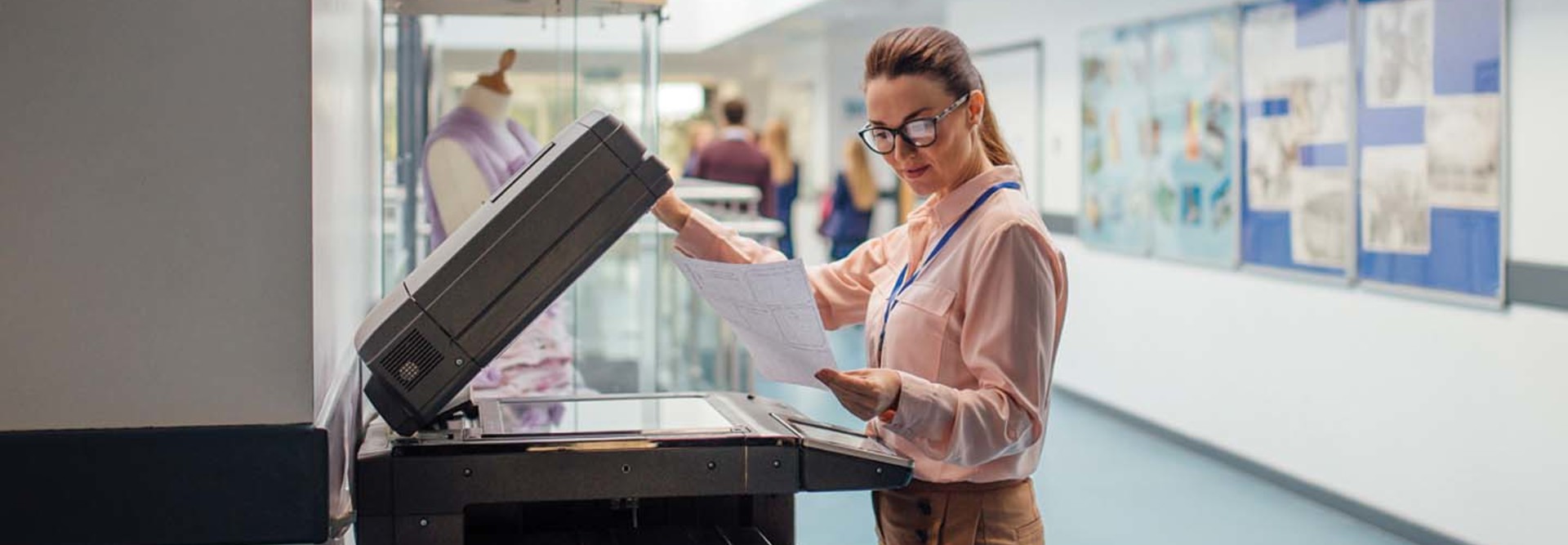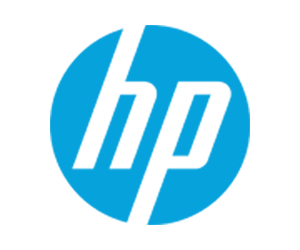How Printers Became Sustainable Tools
Paper companies have been producing more sustainable paper for years, despite the common misconception that paper is inherently bad and tied to deforestation. A good rule of thumb is to look for paper companies that are certified by the Forest Stewardship Council or the Programme for the Endorsement of Forest Certification. These certifications show that “fiber-based products are from responsible sources,” Peutat says.
HP goes a step further and partners with the World Wildlife Fund to “balance the impact of the non-responsibly sourced paper by restoring, managing and protecting the forests,” she says.
To reduce the amount of paper waste, it’s also wise to install the software associated with printers, such as HP Click. This software allows users to clearly see what their final documents will look like, reducing the potential for reprinting and creating paper waste.
In Europe, there’s a directive called the Waste from Electrical and Electronic Equipment. Global printing manufacturers must comply with this rule, which has led to significant sustainability changes for companies.
RELATED: Can higher education do something good with decommissioned devices?
For example, HP’s latest T850/950 series machines are made at least partially from recycled plastic. In addition, all of their printers are rated by ENERGY STAR, which is a U.S. certification for imaging products that considers how machines use energy as well as the amount used.
HP has also taken steps to reduce the use of single-use plastic in its packaging.
For ink, Peutat recommends looking for a certification from UL ECOLOGO. UL Solutions highlights products, including ink, that are safest for humans and the environment.
Many companies and organizations also offer recycling programs, such as HP’s take-back program, HP Planet Partners. These programs can properly dispose of the machines, as can local recycling centers.
As for paper, Peutat encourages users to bring nonconfidential documents to local recycling centers for sustainable disposal. Campuses can offer recycling bins alongside trash cans for use by students, faculty and staff (if they’re not offered already).












